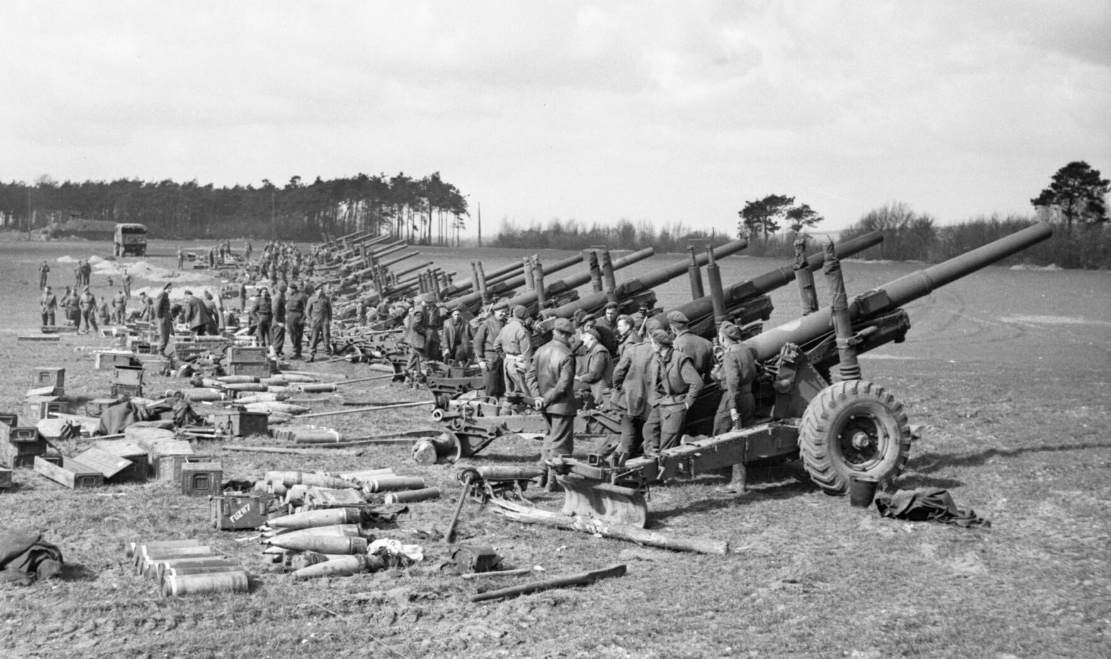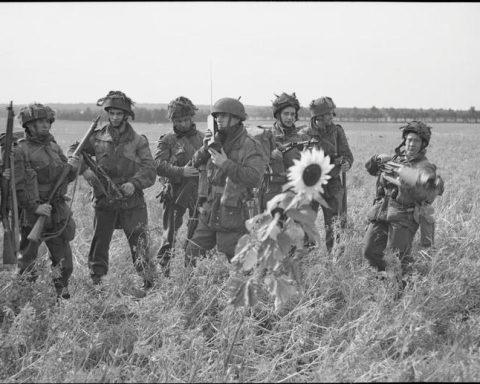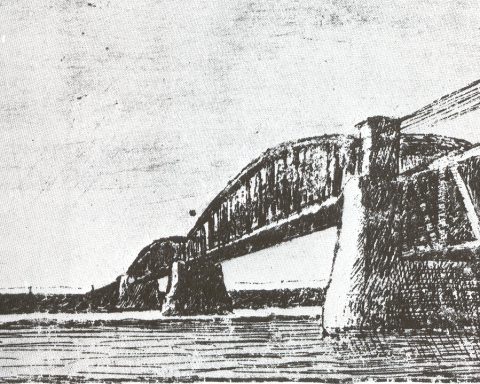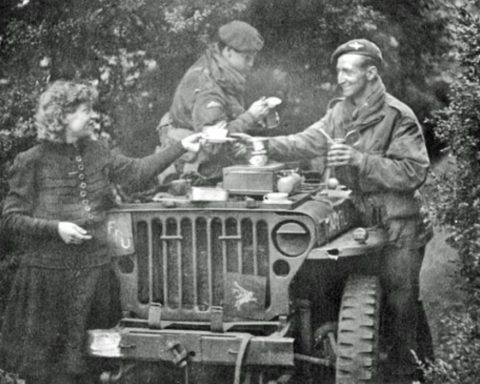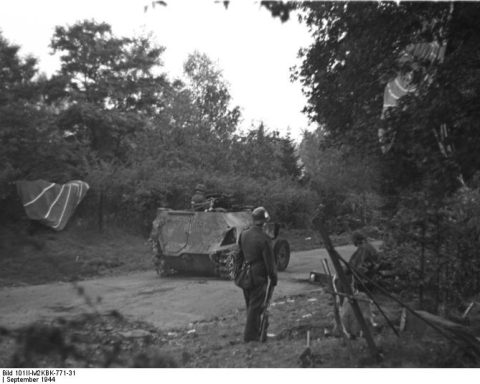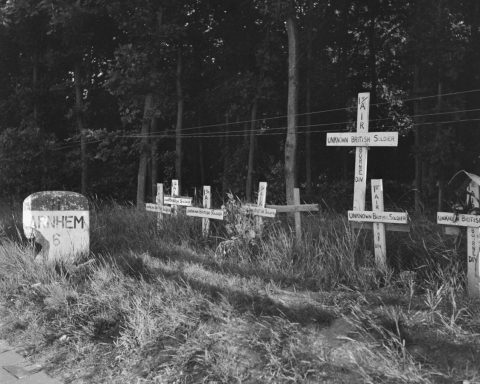During the first days of Operation Market Garden, the British at Arnhem were unable to make contact with the headquarters in Nijmegen. The British had the wrong radios with them, which made connections difficult.
On Thursday morning, September 21, one of the British radio operators finally managed to make contact with the artillery of the ground troops near Nijmegen. This meant that grenades could now be fired at the German troops and tanks surrounding the British perimeter, which eased the pressure on the British positions.
Responsible for contact between the artillery of the ground troops and the British airborne division was No. 1 Forward Observation Unit. The task of this small unit was to direct the bombardment of enemy positions. But for this a radio connection with the artillery at Nijmegen was indispensable. Despite frantic efforts on Tuesday 19 and Wednesday 20 September, this had not yet been achieved.
That changed on Thursday morning, September 21, when Sergeant Norman Patten managed to make contact. Patten had attached an antenna to the high chimney of the Van Dolderen laundry at the bottom of the Weverstraat. The area around the laundry was defended by the South Staffords led by Robert Cain. There was always heavy fighting in the vicinity of the laundry and the laundry building had now been turned into a ruin by German shelling, but the chimney was still standing.
After a few hours of trying, Norman Patten managed to make contact with the 64th Medium Artillery Division around 9:45 am. Patten had no usable connection code, but was lucky that Colonel Loder-Symonds of the Royal Artillery passed by at that moment. He took the headset and spoke to the radio man on the other end. It was someone he knew, and after Loder-Symonds had provided his wife’s name for verification, contact was made with XXX Corps.
After Loder-Symonds had to shoot a German who had penetrated the laundry with his revolver, the British radio set was moved slightly back for safety reasons. But at 10.35 am the time had come and the first requests for fire support were passed on.
The artillery near Nijmegen turned out to be in Berg en Dal: twenty kilometers away. For the 4.5 inch and 5.5 inch guns this was at the very end of their range. After the Medium Artillery Division had moved the guns a few kilometers to the north, the entire British perimeter could be provided with fire support.
Until the end of the Battle of Arnhem, artillery support from Berg en Dal provided welcome assistance in repelling German attacks on British positions. It is questionable whether the British would have been able to hold the perimeter if they had not been helped by the artillery.

